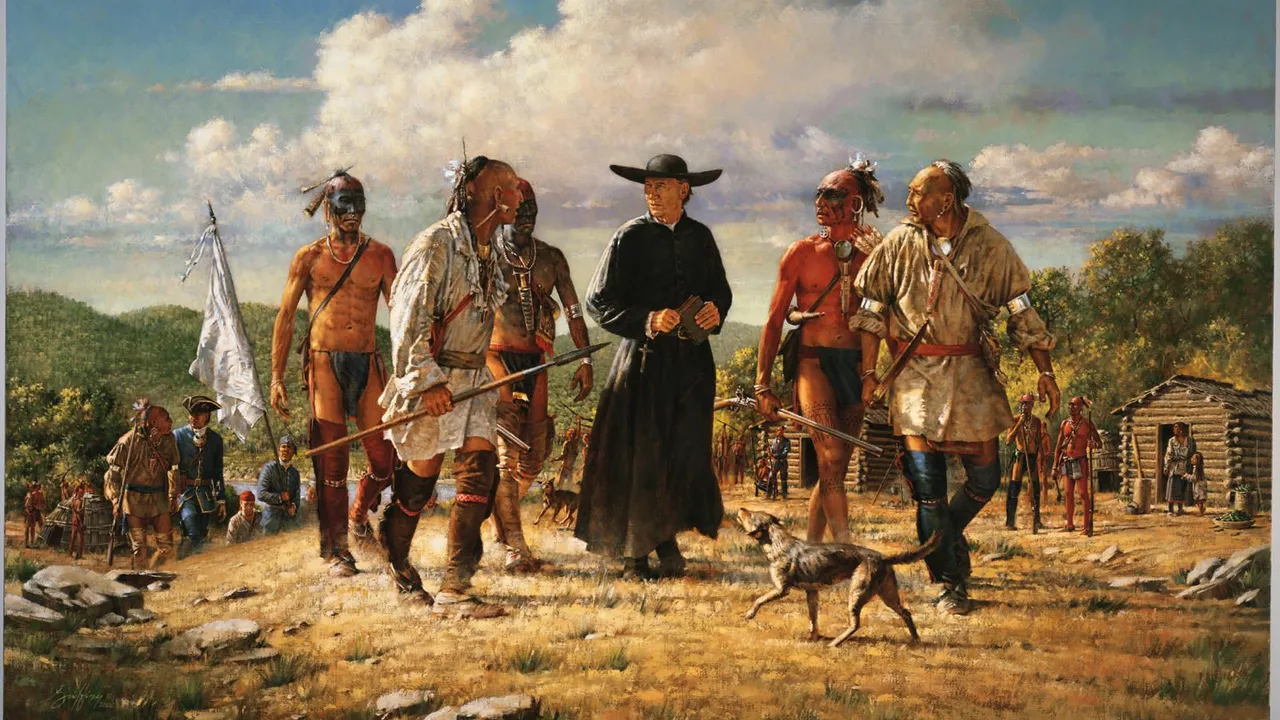History & Culture: Why Europeans Didn't Coexist with Native Americans
Ever wonder why the early contacts between Europeans and Native Americans turned into so much trouble? It wasn't some single event but a mix of habits, goals, and misunderstandings that made peace hard to find. In this article we’ll break down the main reasons the two groups never settled into a friendly coexistence.
The Clash of Goals and Ways of Life
First off, Europeans arrived with a mindset of taking land and resources for themselves. Their governments and churches sent explorers who believed expanding their empire and spreading their faith were top priorities. Native peoples, on the other hand, lived in tight-knit societies that shared land and respected natural limits. When strangers start demanding ownership, you get tension.
Besides ambition, the two sides had completely different ideas about property. To Europeans, a map and a claim meant forever ownership. To many Native groups, land was something the whole tribe used together, not something you could buy or sell. This mismatch turned negotiations into fights before anyone could find common ground.
Diseases and Demographic Shock
Even before any weapons were raised, invisible enemies showed up: disease. Europeans carried germs like smallpox and measles that Native populations had never seen. Within a few years, whole villages were wiped out, creating fear and chaos. The loss of elders also meant a loss of cultural knowledge, making it even tougher for tribes to respond to new pressures.
These health crises weren’t intentional, but the effect was the same as a sudden attack. With fewer people to farm, hunt, or defend their homes, Native groups were forced into desperate choices—sometimes trading land for food, sometimes fighting back. Either way, the balance shifted dramatically in Europe’s favor.
Culture, Language, and Misunderstandings
Language barriers added another layer of conflict. Early meetings were often through translators who didn’t fully grasp the nuances of each side’s customs. A gesture meant as a sign of friendship could be read as an insult, and vice versa. Without clear communication, even simple agreements blew up into bigger disputes.
Religion played its part too. Europeans felt a duty to convert Indigenous peoples, often viewing native beliefs as “savage.” Missionaries sometimes destroyed sacred sites, which made tribes feel attacked on a spiritual level. When your core values are under threat, you’re unlikely to stay calm.
Lessons from the Past
Looking back, the clash between Europeans and Native Americans shows how powerful differing worldviews can be. It also reminds us that respect, clear communication, and a willingness to share resources are essential for any peaceful meeting. Modern societies can learn from these mistakes by listening more and assuming less.
So, the next time you hear a story about early encounters, remember it wasn’t just about weapons or land— it was also about disease, language, and belief systems colliding. Understanding those pieces helps us see why peace was so hard to reach, and it guides us toward better interactions today.
